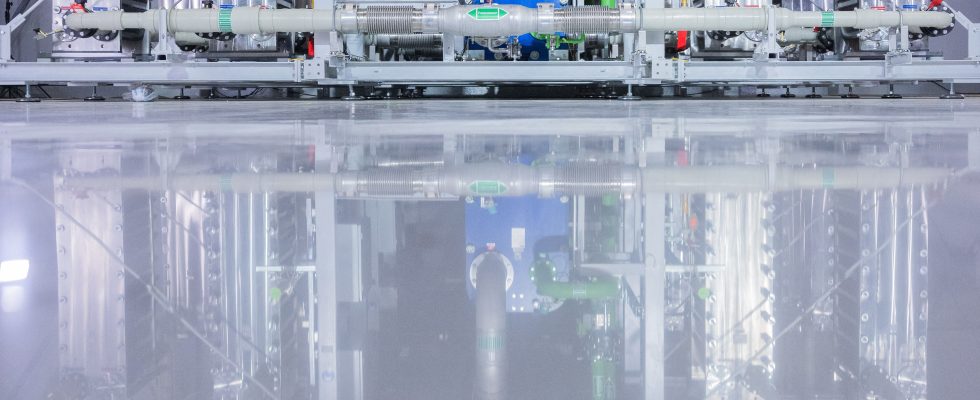When you ask an experienced investor to cite the archetype of the “value of a good father” in France, Air Liquide is never far away, and for good reason. The company’s core business consists of supplying a wide range of gases to the world of industry and health, a market historically in the hands of a limited number of players. However, in a few years, its oligopolistic aspect has been further reinforced with a series of mergers in the sector.
The French launched the movement in 2016 by getting their hands on the American Airgas. The great German rival Linde responded in 2018 by setting its sights on Praxair, also American. Now, Air Liquide and Linde each control just over 30% of the global industrial gases market, creating considerable barriers to entry and giving the duo pricing power.
This privileged status also makes Air Liquide a key player on the energy transition chessboard. On the one hand, the group is de facto a partner of choice for decarbonization, since it is already physically present within the confines of polluting industries. On the other hand, it has solid positions in hydrogen, which give it a considerable advantage in the directions being taken, particularly in mobility. To achieve the so-called “net zero emissions” objectives, the industry must in fact increase emissions control systems, hydrogen-powered sites and electrolysis capacities, according to the latest report from the International Energy Agency. ‘energy. For Air Liquide, there is a win-win dimension here, since the improvements made to its customers’ facilities are beneficial for the company’s individual balance sheet.
On the stock market, the action has undeniable virtues, even beyond this dimension. The activity is robust, the visibility clear, the management prudent and the shareholders have never had to complain about anything, since the dividends are rising steadily and embellished with the payment of free shares for the most faithful.
We won’t go so far as to say that between solidity and energy transition, Air Liquide combines the best of both worlds, because the environmental promises have yet to be translated into tangible progress. But it is an excellent candidate for anyone looking for a bottom-of-the-portfolio player with exposure to hydrogen and industrial decarbonization.
And also… Two other values to follow closely
In the quest for more sober mobility, rail transport is often presented as a first-rate solution. And while deploying new infrastructure is complex and costly, innovation is already improving the footprint of existing networks. Alstom, listed on the Paris Stock Exchange and refocused for several years on rail, has thus developed a range of hydrogen trains, Coradia Lint, already used in Germany and other European countries. The group, which bought a specialist in high-power fuel cells in 2018, expects the hydrogen train market to take off from 2025, when a generation of old diesel locomotives will have to be replaced.
Head north with Nel, one of the most advanced listed groups in this sector. On this nascent market, the Norwegian is present in both electrolyzers – which produce hydrogen with water – and charging stations. It enjoys wide recognition in the industry community and a good cash reserve. An essential asset to evolve in a field that has not yet found its economic model.
An article from the special issue of L’Express “Investing in the ecological transition: 20 values to follow”, published on July 6
